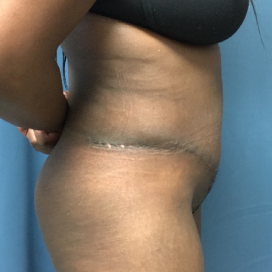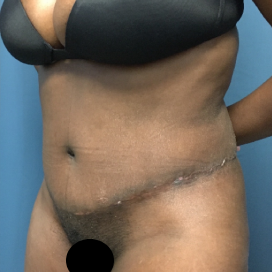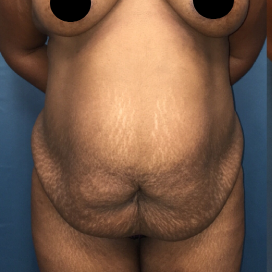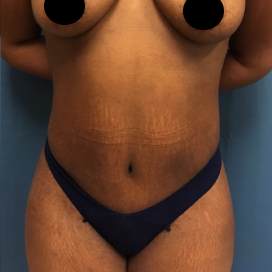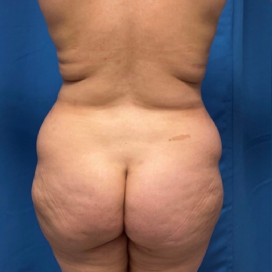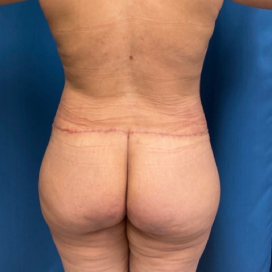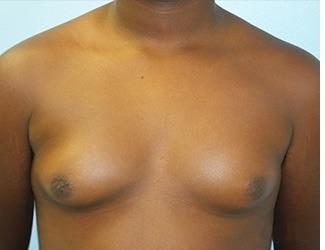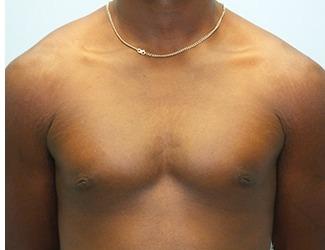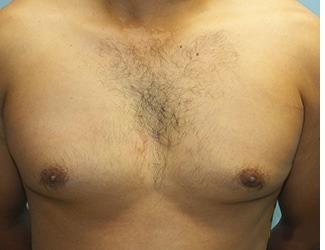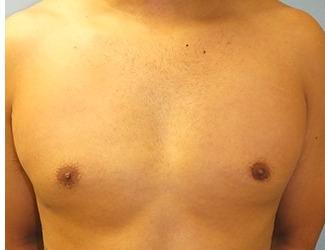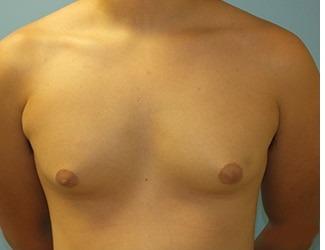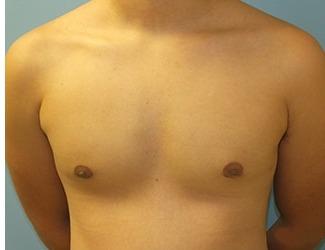Gynecomastia
Conveniently located to serve the areas of San Antonio, TX

Men can experience enlarged breasts due to a number of different reasons. A male breast reduction procedure, or gynecomastia surgery, reduces breast size in men for a flatter, more masculine looking chest.
Contents
- 1 Brostrom, MD Gallery
- 2 Before and After Photos
- 3 What is a Male Breast Reduction?
- 4 Who is a Candidate for a Male Breast Reduction?
- 5 Male Breast Reduction Procedure
- 6 Male Breast Reduction Recovery
- 7 FAQ
- 7.1 What causes gynecomastia, and who is most commonly affected by it?
- 7.2 What are the available treatment options for gynecomastia?
- 7.3 Is gynecomastia surgery typically covered by health insurance?
- 7.4 What is the recovery process like after gynecomastia surgery?
- 7.5 Are there any potential risks or complications associated with gynecomastia surgery?
Brostrom, MD Gallery
Before and After Photos
What is a Male Breast Reduction?
A male breast reduction is a surgical procedure that removes excess fat and tissue in the chest area. While weight loss can improve the appearance of enlarged breasts, it might not be enough to adequately improve the chest contour. A male breast reduction procedure can result in a more masculine physique and higher self-confidence. Many patients report feeling more comfortable going shirtless and showing their chest after male breast reduction surgery.
Who is a Candidate for a Male Breast Reduction?
Men can be affected by enlarged breasts at any age. Those who experience excess skin or fat in the beasts and wish to achieve a more masculine looking chest can benefit from a male breast reduction. Candidates for a male breast reduction are non-smoking men who are healthy with no medical conditions that might impair healing. Men who are in good physical shape and are within their normal weight range will experience more effective and lasting results. Successful candidates for a male breast reduction have a positive outlook with realistic goals in mind.
Male Breast Reduction Procedure
A male breast reduction procedure is done under sedation or general anesthesia depending on what your surgeon recommends. Next, your surgeon will use liposuction, excision, or a combination of these two techniques to remove excess fat and tissue. The liposuction technique requires the insertion of a cannula through small incisions to remove fat. Excision techniques are usually used when glandular tissue or excess skin needs to be removed as well.
Male Breast Reduction Recovery
During recovery from a male breast reduction procedure, incisions will be covered with bandages and a compression support garment will be required to minimize swelling and support the new chest contour. A tube might also be placed under the skin to drain excess fluid. While you’re healing, it is important to avoid excessive force or motion that might irritate the surgical site. Many patients are ready to return to work within a week of their procedure and can gradually return to regular exercise after six weeks. While you’re recovering, you can expect some soreness and swelling. Some men report a loss of sensation in the treated area, however, this should return over the next few months. Results of your breast reduction procedure will become more apparent as swelling is diminished during recovery.
If you are a man experiencing enlarged breasts with excess skin or fat, consider a male breast reduction for a more masculine chest with which you can feel confident. Contact our office today for more information or to schedule your initial consultation.
FAQ
What causes gynecomastia, and who is most commonly affected by it?
Gynecomastia affects men and is often associated with a hormonal imbalance. The hormone imbalance that leads to gynecomastia or enlarged male breasts often occurs in newborns, boys going through puberty, and older men.
What are the available treatment options for gynecomastia?
Liposuction, surgical excision, or a combination of both are typically used to treat gynecomastia. Liposuction can remove excess fat, while excision can remove excess breast tissue and skin.
Is gynecomastia surgery typically covered by health insurance?
Unfortunately, gynecomastia surgery is not typically covered by health insurance. It is sometimes partially covered if the surgery is deemed medically necessary.
What is the recovery process like after gynecomastia surgery?
The recovery process includes wearing a compression garment, avoiding excessive moments, and taking medications as instructed. You will likely have some soreness, bruising, and swelling for a few days to a few weeks after surgery.. You can typically return to work within a week and return to normal activity within six weeks.
Are there any potential risks or complications associated with gynecomastia surgery?
Some of the potential risks that can arise with gynecomastia surgery include infection, blood clots, excessive bleeding, poor wound healing, and loss of sensation in the breast area.

